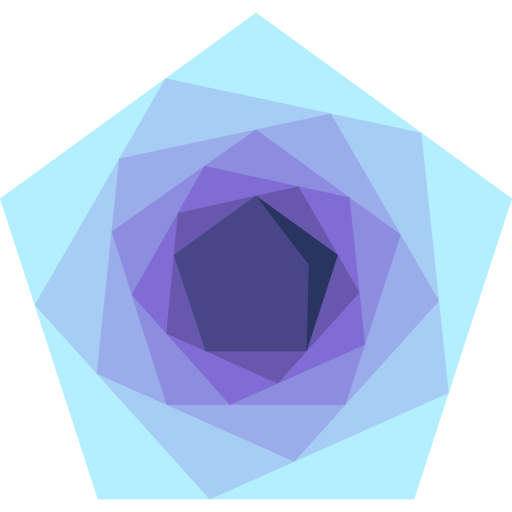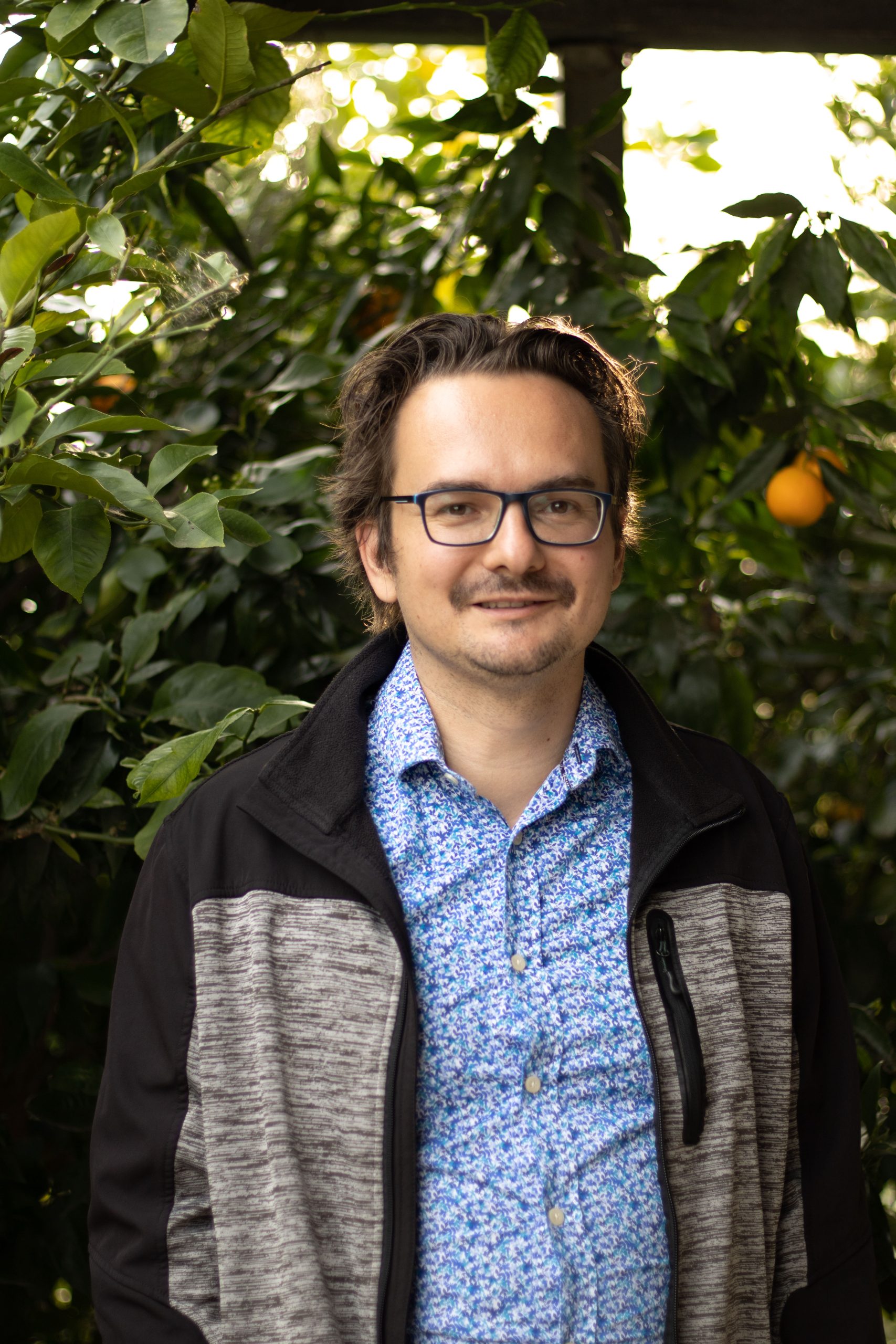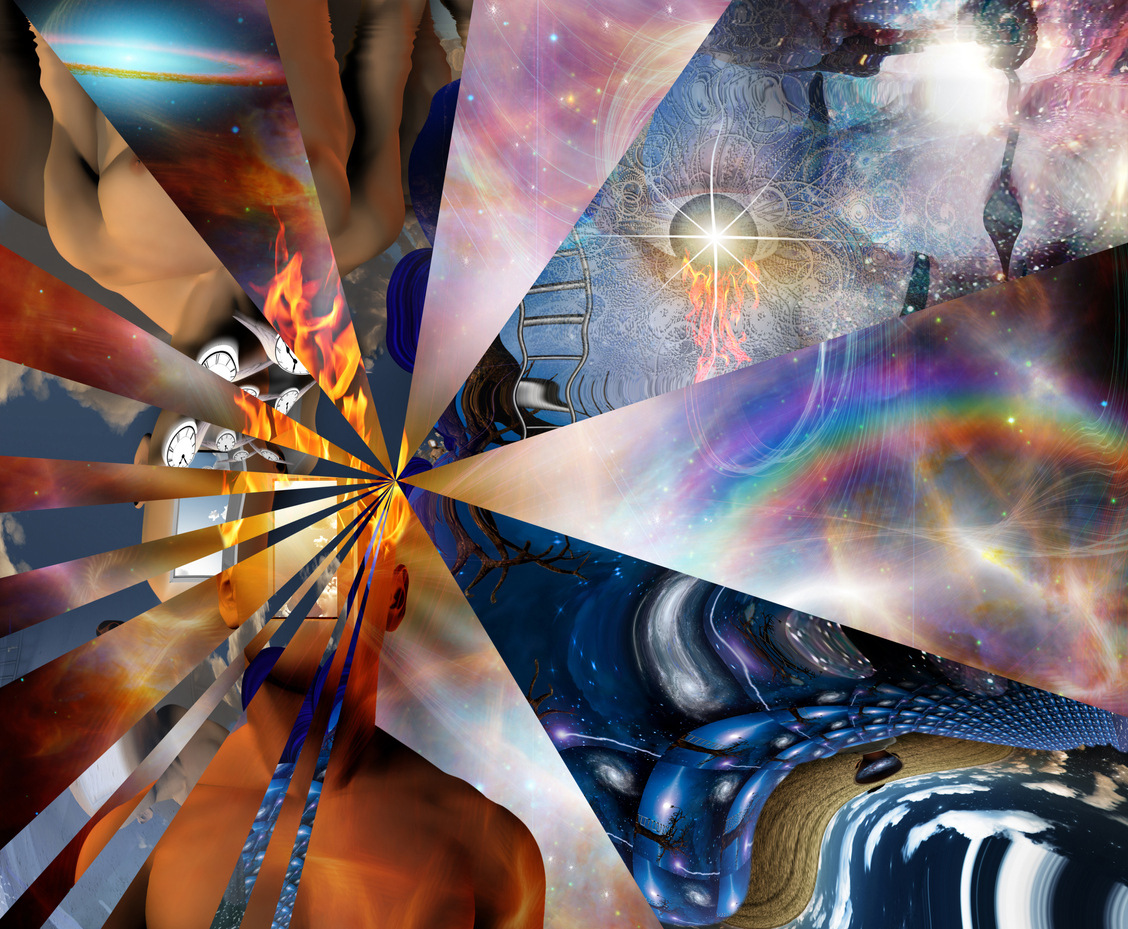Alex De Foe
What are the determinants of human consciousness?
The Consciousness-Psi Nexus
Coaching / Lecturing / Supervision
- Counselling
- Speaking
- Research
Alex is aligned with the Emergent Phenomenology Research Consortium which takes the view that transcendental consciousness states are not "weird/pathological" experiences but rather signal expansion of one's threshold of consciousness. Transpersonal Coaching Available.
Mentorship towards the 'transpersonal vision' in which collective ecologies are considered within broader social and cultural structures. Tailored Seminars Available.
Master of Developmental Psychology or PhD students benefit from training in mixed qualitative + quantitative methods and answering some of the most pressing questions in educational psychology and transpersonal wellbeing. HDR Admissions Open in PhD of Educational (avail. as principal supervisor) or Experimental Psychology (avail. as assoc. supervisor).
As an academic, Alex works at Monash University in the School of Educational Psychology and Counselling. He is aligned with the Australian Institute of Parapsychological Research, where he serves as a committee member, and the Australian Centre for Consciousness Studies, where he is a founding director. He also serves on the review board of Scientific Reports in the Nature Portfolio of psychology and actively proliferates knowledge of ASC and interrelated topics.
He is presently open to supervising PhD and Master of Educational/Developmental psychology projects within this realm and scope – specifically these projects tend to take a lifespan lens on consciousness, like theory of mind, psycho-synthesis, self-authorship, and such. In addition to these research interests, he is an expert in teaching lifespan development and personality, and often consults on these topics at a broad spectrum – from pedagogical development to pastoral care and individual counselling.
In these approaches he takes a psycho-educational slant on Development of the Person as a mechanism of knowledge embodiment.
Connect
Present research projects: Applying repetitive transcranial magnetic stimulation to induce extra sensory perception (funded by BIAL: participation open soon) / Cultivating Spiritual Neurodiversity (A teaching project: participation open soon)
Write to me at: alex-enq@alexdefoe.com









